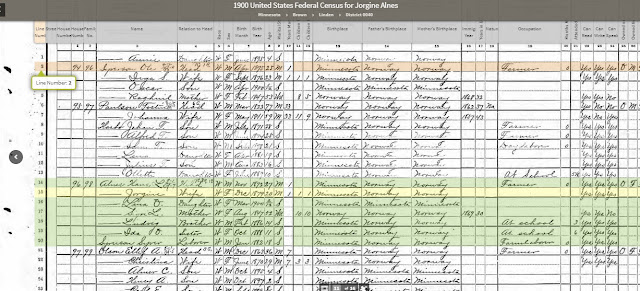Holy Water:
The Baptisms of the Children of Thomas and Elizabeth Blanchard
My
tenth-great-grandfather Thomas Blanchard was a yeoman near the Hampshire
village of Goodworth Clatford. There are no records of his birth or his marriage
to first wife Elizabeth. It is believed that he was born sometime between 1590
and 1600, and that the couple married before their first son George was born
around 1620. However, we can verify his other six childrens’ births through
parish baptism or christening records from St. Peter Church in Goodworth
Clatford.
According
to the parish records contained on FamilySearch, Thomas’s son Thomas was
christened on October 12, 1623. Two years later daughter Mary was christened on
January 15, 1625. Next was Steven, June 22, 1628, followed by my
ninth-great-grandfather Samuel Blanchard, christened on August 30, 1629. The
last two sons, Nathaniell and David, were christened on July 22, 1631 and
February 2, 1633.
I was very
excited to discover that the church where the children were christened still
stands in Goodworth Clatford. St. Peter’s Church has existed in various
configurations since the 12th century. By the 1600s, it looked very
similar to the church today; the diagram shows that only the organ area was
added in the modern era.
Even more
exciting, the baptism font where Thomas’ infants were christened with holy
water is still there, and still in use. The font dates to the Norman era, and
is a table style font made of Purbeck marble, with six flat arches carved on
one side of the tabular section, and the other three sides featuring pairs of
celtic-knot shaped crosses. How amazing to see the photos of the church and
font, and to imagine my ancestors standing before the font and gazing up at the
altar.
 |
| Front of Font |
 |
| Side of font |
By 1638,
Elizabeth Blanchard was dead, and Thomas had remarried a widow named Agnes Bent
Barnes. Thomas and Agnes’ first child, also named Agnes, was the last of Thomas’
children to be christened at St. Peter’s. Agnes’ brother, John Bent, had moved
to Massachusetts, and persuaded Thomas, Agnes and Agnes’ mother to emigrate and
join him in the New World. 1639 found the Blanchard family living in London,
waiting to set sail over yet more water.
I hope to
someday visit England. Perhaps I’ll be able to stop in Goodworth Clatford and
stand in St. Peter’s church in front of that ancient baptismal font, separated
from my ninth and tenth great-grandfathers only by four hundred years of time.
Sources:
A Brief Illustrated History of Christening & Baptism
Clothes – Swaddling, Bearing Cloths, Gowns & Dresses by Buckingham Vintage, http://www.buckinghamvintage.co.uk/
https://ancestorsinaprons.com/tag/thomas-blanchard/




























